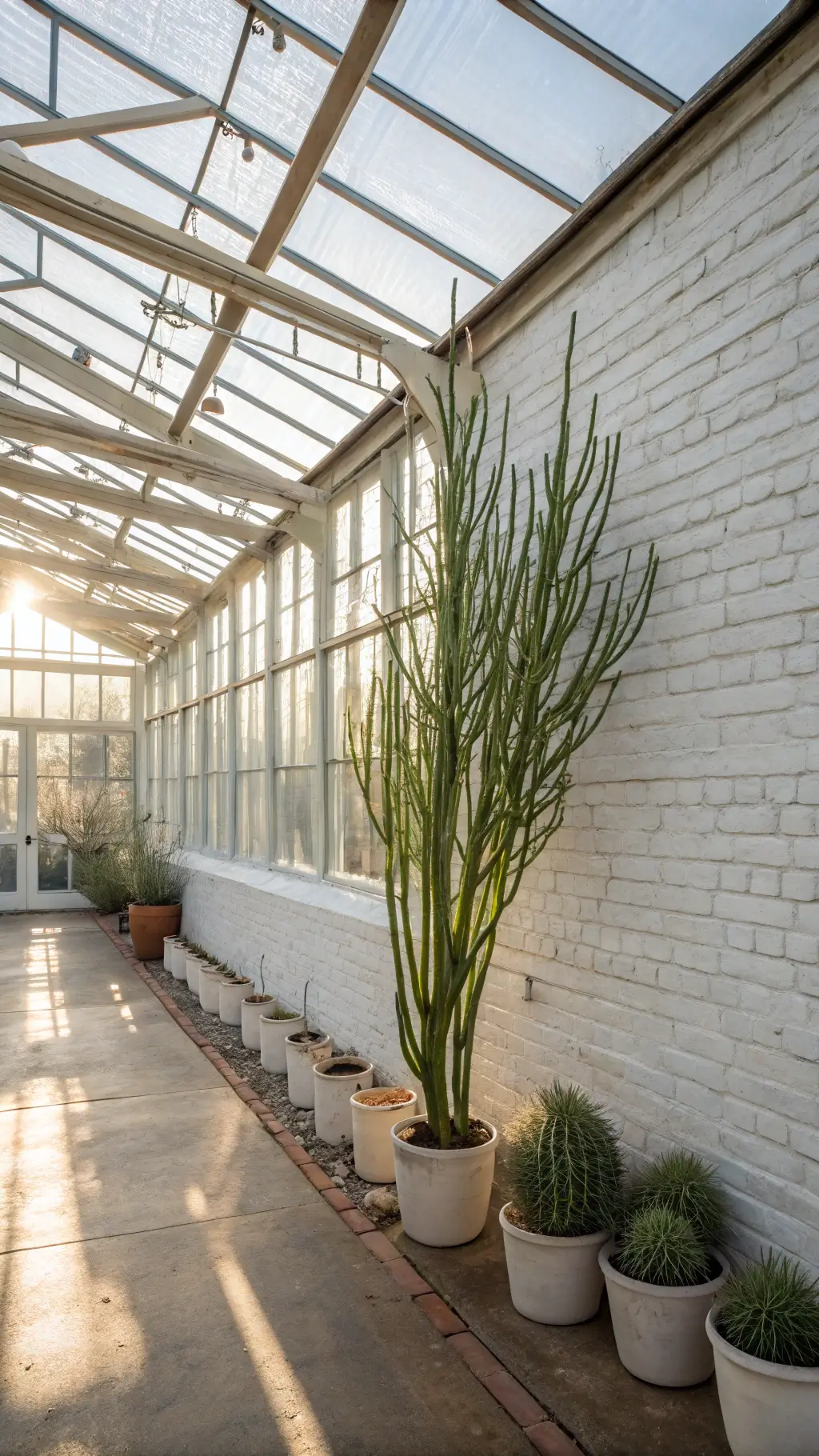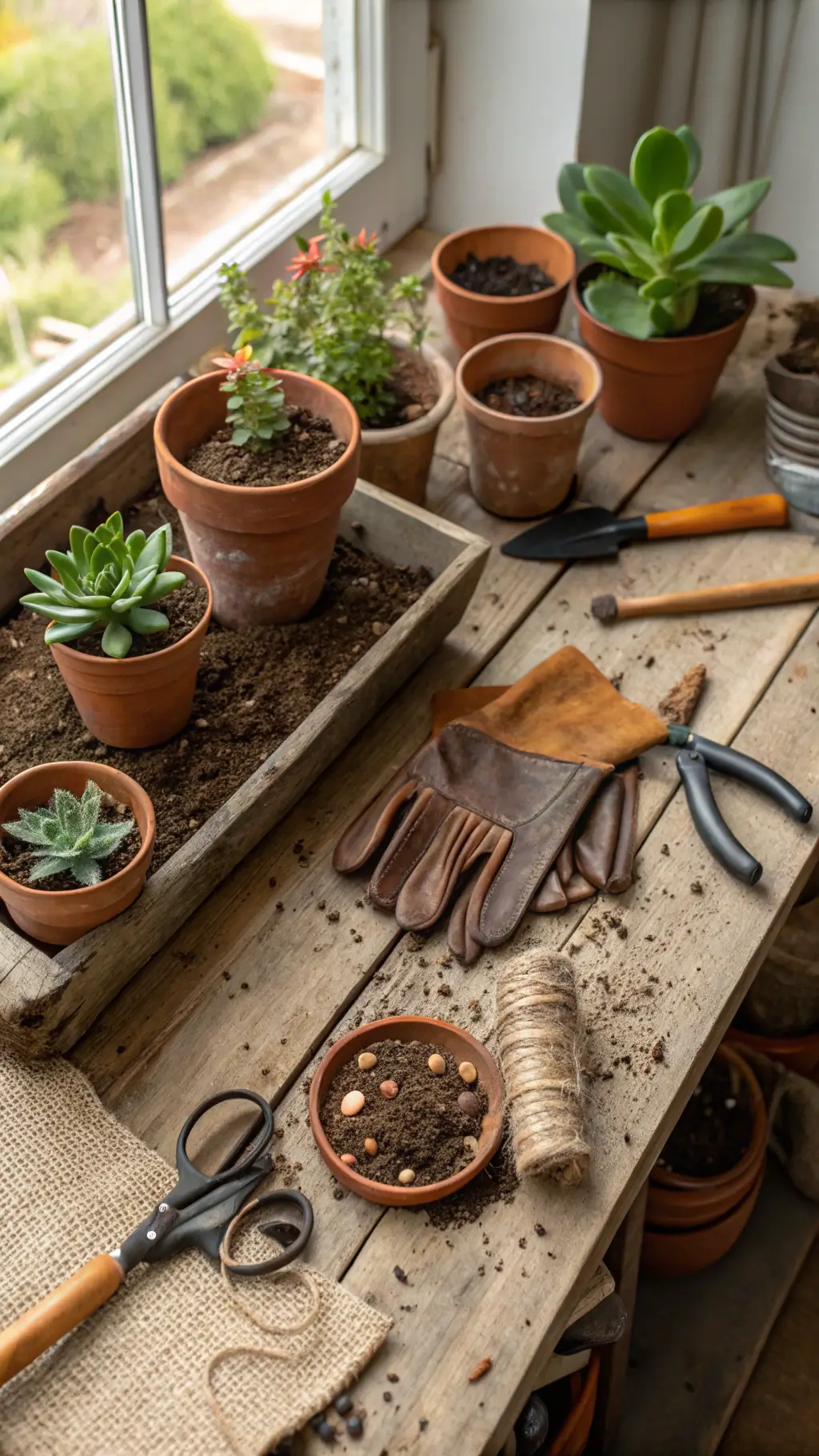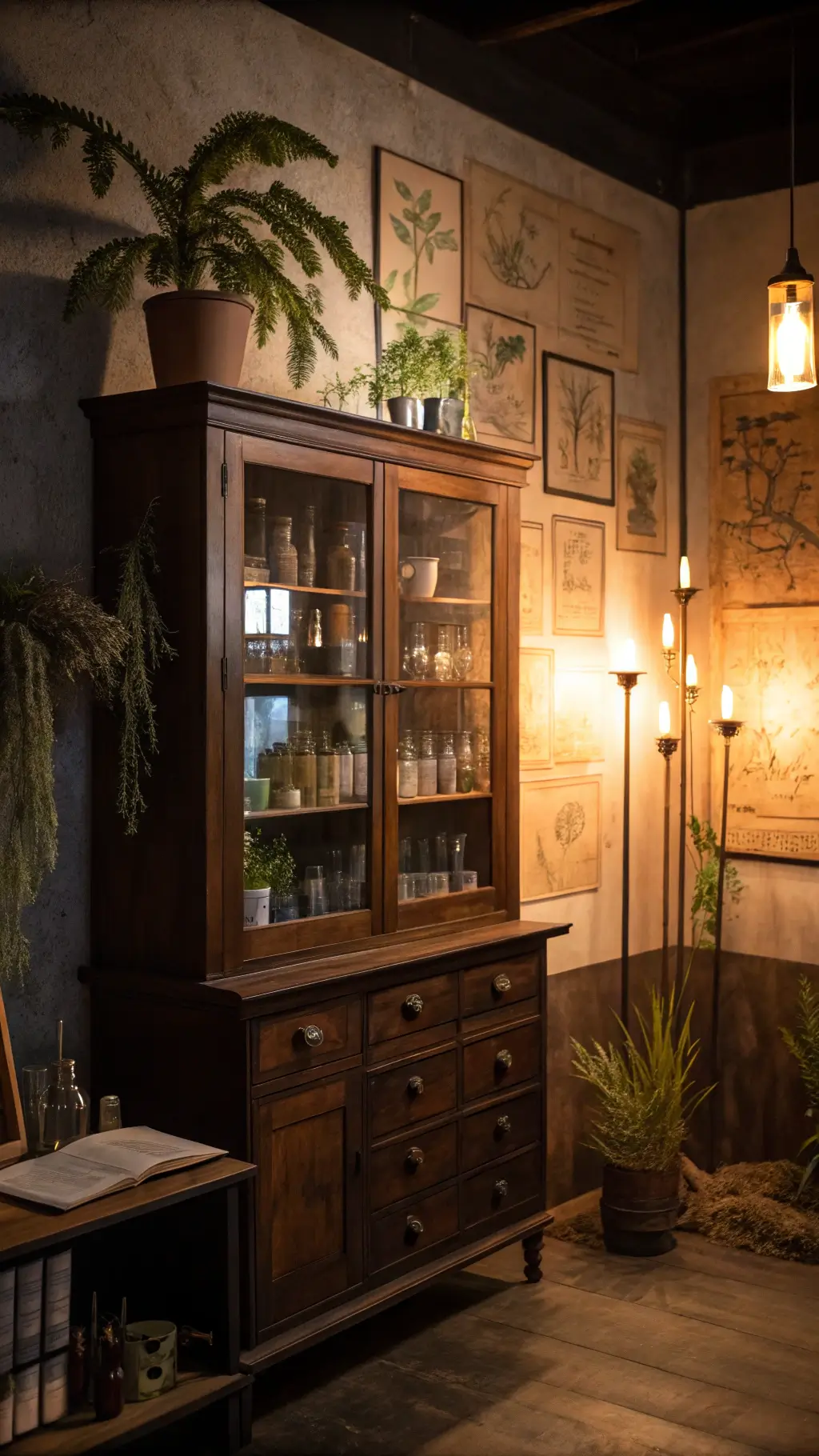Growing The Pencil Milk Bush: A Complete Guide to This Striking Yet Tricky Succulent
Hey there, plant lovers! Let’s talk about one of the most fascinating succulents I’ve worked with – the Pencil Milk Bush (Euphorbia tirucalli).
Look, I know what you’re thinking: “Is this plant as dangerous as they say?” Well, yes and no. Let me break it down for you.

The Beauty Behind The Beast
I remember when I first encountered this striking plant in my greenhouse. Those pencil-thin, bright green stems standing tall like nature’s sculpture caught my eye immediately.
Here’s what makes it special:
- Grows like a living sculpture (18-24 inches indoors)
- Sports those distinctive pencil-like stems
- Produces subtle yellow blooms in winter (if you’re lucky!)

The “Not Actually A Cactus” Cactus
Despite its common name, here’s the kicker – it’s not actually a cactus! It’s a succulent that’s been fooling everyone.
Growing Your Pencil Milk Bush
Let me share my fool-proof growing tips:
Light Requirements:
- Bright, indirect light is best
- Can handle full sun (but introduce gradually)
- Morning sun is gentler than afternoon rays
Soil & Water Needs:
- Well-draining soil is non-negotiable
- Let soil dry completely between waterings
- Think “desert conditions” – less is more!
⚠️ The Safety Talk
Now, I’ve got to get serious for a moment. This isn’t your average houseplant:
IMPORTANT SAFETY MEASURES:
- Always wear gloves when handling
- Keep away from kids and pets
- Never touch your eyes after handling
- Store pruning tools separately

The Secret to Success
Want to know my personal trick? I treat this plant like a drama queen – it performs best when slightly neglected. Less fussing equals better growth!
Seasonal Care Tips:
- Spring/Summer: Regular but sparse watering
- Fall/Winter: Minimal watering
- Year-round: Watch for stem color (yellowing means too much water)
Propagation Made Simple
Here’s my tried-and-tested propagation method:
- Cut a healthy stem (wearing gloves!)
- Let it callus for 24 hours
- Plant in dry succulent mix
- Wait two weeks before first watering
Common Problems & Solutions
I’ve seen it all, so here’s what to watch for:
- Yellowing stems = Overwatering
- Dropping stems = Temperature stress
- Wrinkled stems = Under-watering
Remember, this striking plant isn’t for everyone. But with proper precautions and care, it can become a stunning focal point in your collection.
Just keep those gloves handy, and you’ll have a conversation starter that’s sure to impress your plant-loving friends!
